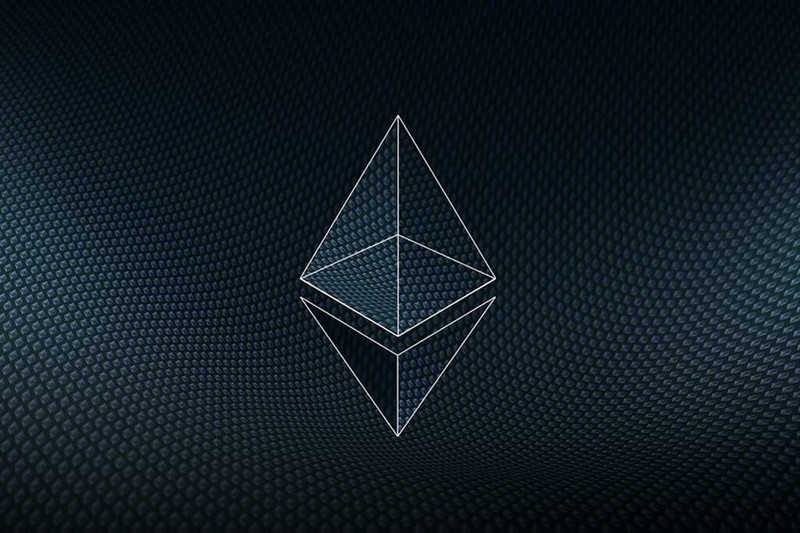£0.00

May 16, 2019
Can Ethereum Scale?
The Ethereum platform was launched in 2015 in order to simplify the creation of decentralized online services, as well as to facilitate the process of implementing the blockchain technology. Unlike the Bitcoin network, Ethereum provides for the use of smart contracts – self-executing algorithms designed to enter into and maintain commercial contracts in the blockchain technology. In this connection, the Ethereum network in the shortest possible time has become the second most popular platform on the cryptographic market not only among startups wishing to conduct an ICO, but also the largest software developers such as Microsoft, IBM, and Acronis.

But, as in the case of the Bitcoin network, with the growing popularity of Ethereum, problems of its scalability became obvious. Recall that at the end of 2017, because of the launch of the CryptoKitties game, the Ethereum blockchain encountered significant difficulties due to network congestion and the inability to process transactions. Therefore, Ethereum developers proposed several solutions.
Raiden Network
In December 2017, Ethereum developers launched the Raiden Network project in their network — an off-line technology that, like the Lightning Network solution for the Bitcoin network, allows instant transactions on the Ethereum network with minimal fees. Thus, the main idea of the technology is to scale the blockchain through the use of payment channels that allow you to safely conduct transactions outside the network. With the help of the Raiden Network, according to the developers, the throughput of Ethereum and the derivatives of it tokens can grow from 25 to 1 million operations per second.
Sharding
Sharding is another of the proposed solutions to the Ethereum scalability problem, the development of which has become one of the top priorities in the funding program launched in January of this year. The idea is based on the traditional scaling technique – “database sharding”, in which the database is divided into parts, and each of them is stored on a separate server.
The purpose of sharding on the blockchain is to eliminate full nodes due to load sharing between nodes. Instead of saving each transaction and the current state of the entire network, the node stores a subset – only a part – of this data and confirms only those transactions for which it is responsible. If the node wants to get information about transactions or blocks that it does not store, it can refer to other nodes. Although the sharding technology is still under development, members of the Ethereum community are already proposing changes at the protocol level that will be possible due to sharding.

Payment channels State Channels
On April 10, a team of researchers at the University of Warsaw published a white paper titled “Fundamentals of the State Channel Networks”, describing Perun, a protocol that operates on the “state channels” principle, that essentially transfers the Lightning idea implemented in the second-level protocol for the Bitcoin network to smart Ethereum contracts, but providing enhanced safety features.
